Access to EMTP user presentations, webinars, and slide deck presentations.
page 3 of 3
12 presentations for Transformers:
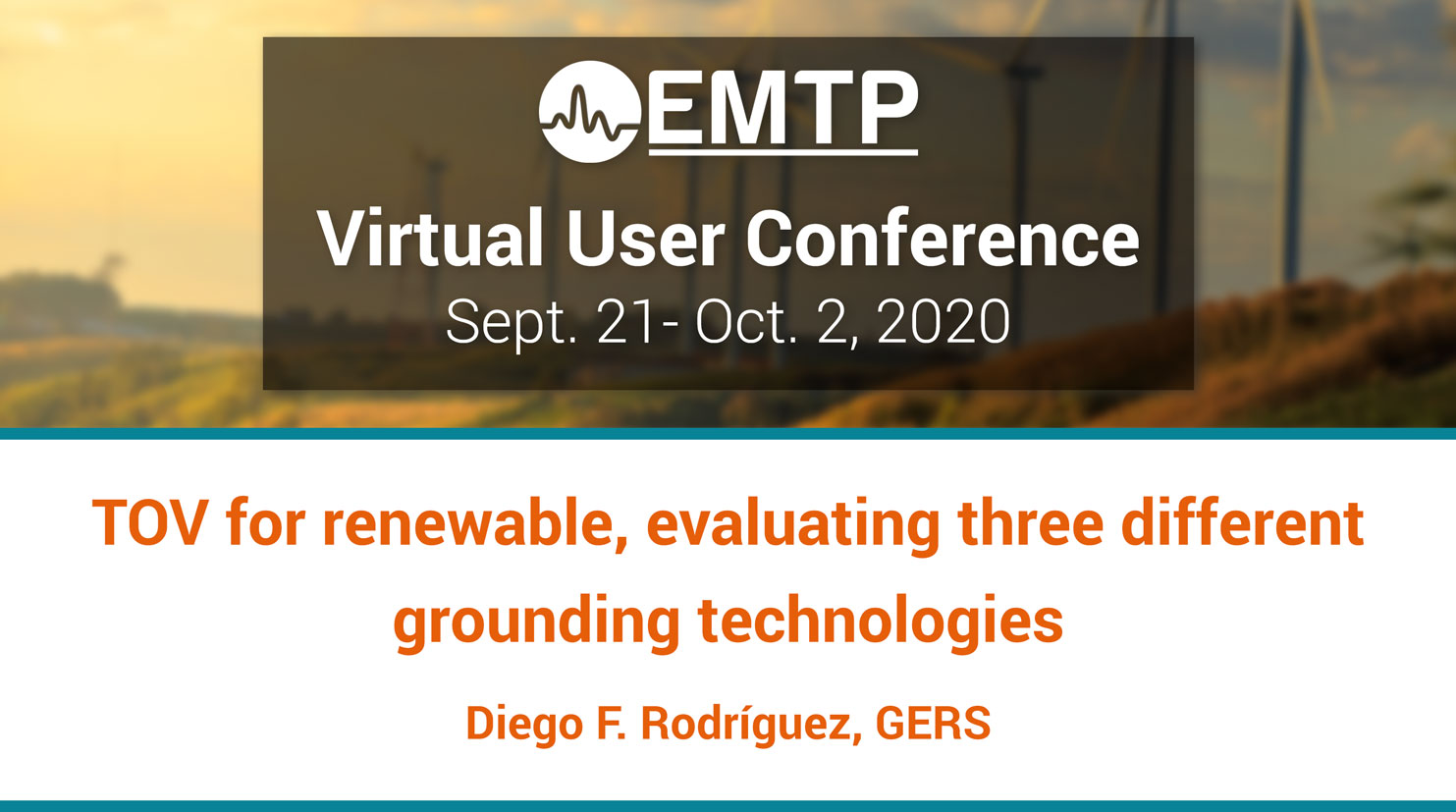
Author(s): Diego F. Rodríguez - GERS
Type:Technical Presentation
Date: 2021-06-17
TOV for renewable, evaluating three different grounding technologies783
Abstract
Temporary overvoltages (TOV) are oscillatory overvoltages mainly caused by switching or faults, which are of relatively long duration and undamped or slightly damped. Maximum overvoltages under faulte... see mored conditions can require considerable energy magnitudes absorbed by surge arresters.
These energies may overpass maximum limits and lead to equipment damage.
This project presented a study to identify the maximum TOV at the MV equipment of a PV power plant during fault-clearing events. Two methods of TOV suppression are evaluated, including grounding transformers and fast grounding switches under two different configuraions. An electrical model was elaborated in EMTP to perform the simulation of the transient overvoltage due to the un-balanced fault clearance, considering each inverter of the PV plant. The results show that considering no grounding technologies at the feeders, the energy absorption limit is overpassed in the islanded system.
Therefore, a fast grounding switch or a system with grounding technology at each feeder is needed in order to protect the substation equipment.
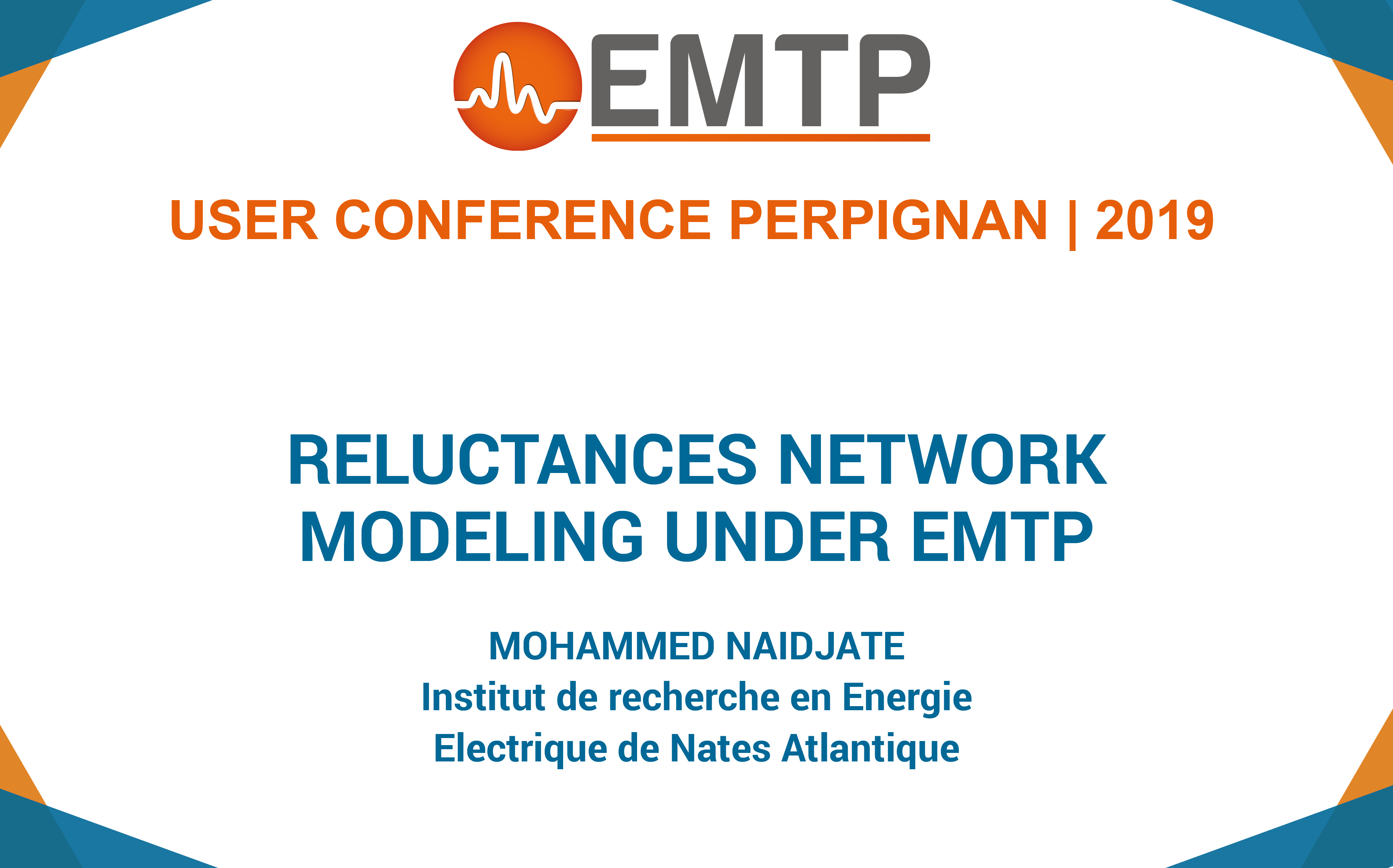
Author(s): Mohammed Naidjate, Institut de Recherche en Energie Electrique de Nantes Atlantique
Type:Technical Presentation
Date: 2020-11-20
Reluctance Network Method under EMTP. Application to Transformers Modelling743
Abstract
<h2 class="title">EMTP Europe User Conference 2019 </h2> <p class="tagline"><b>The EMTP User Conference pres... see moreentations are now available online!</b></p> <p id="text-intro"><b>Reluctance Network Method under EMTP. Application to Transformers Modelling</b><br> Transformers are one of the most essential elements of the power systems. Usually, equivalent electrical circuits of transformers are used in EMT programs, with their limitations (fluxes and leaks are globalized, internal defects cannot be simulated, …). A model based on reluctances network method and a mesh approach has been developed. It can reproduce the electromagnetic behavior of transformers faithfully and is configurable, automatable and compatible with EMTP.
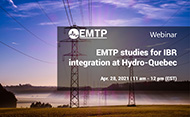
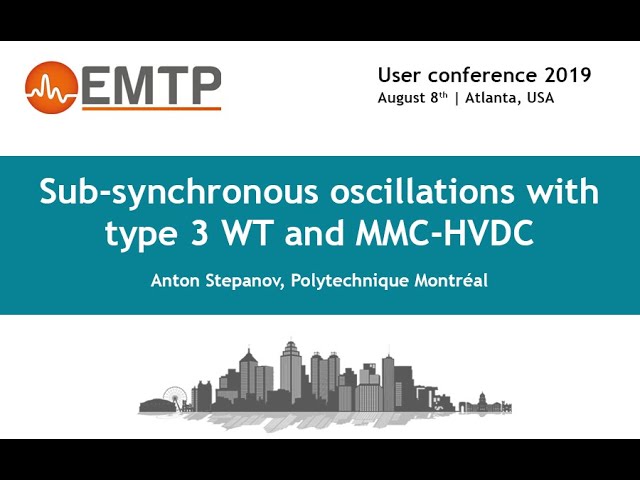
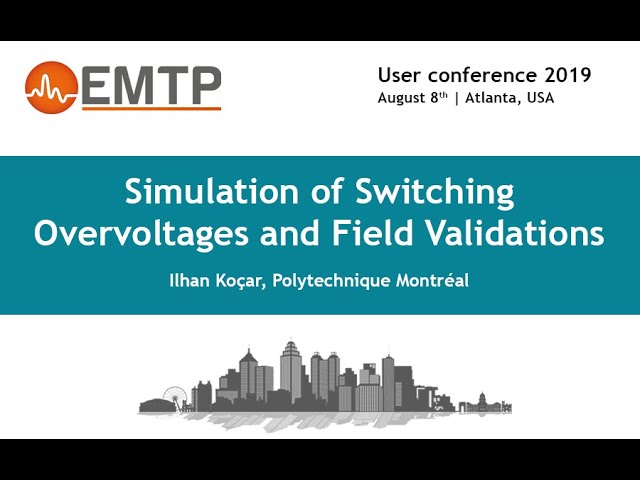
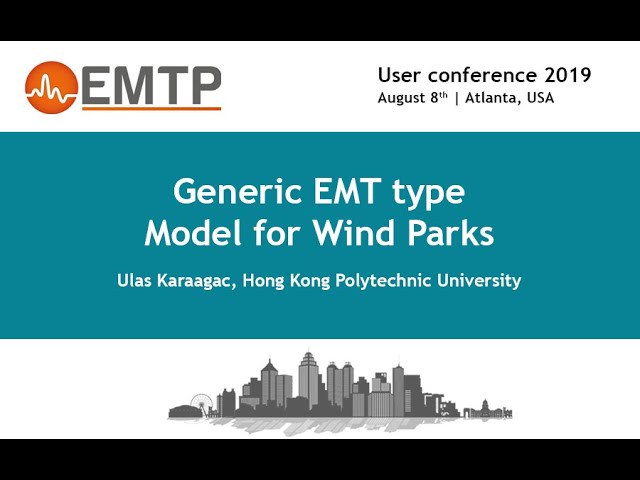
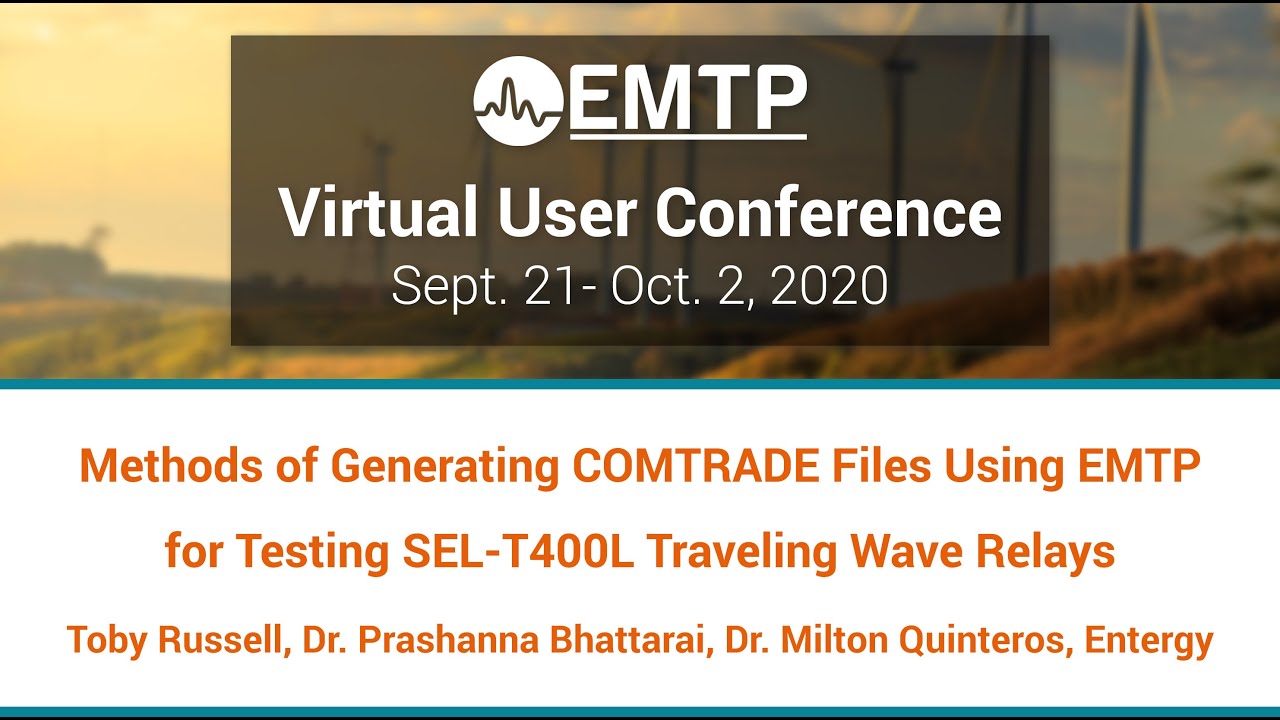
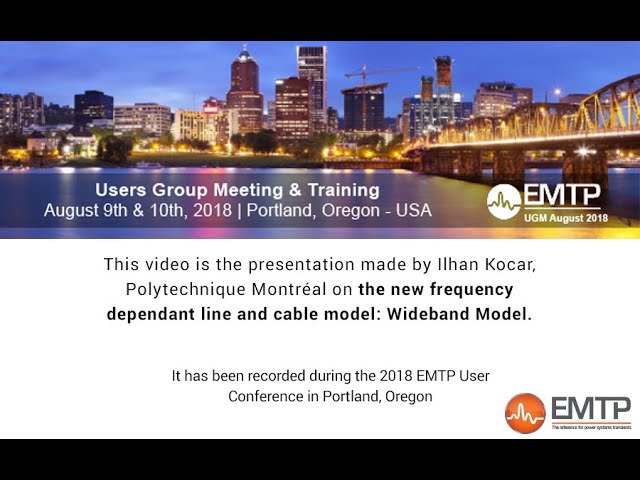
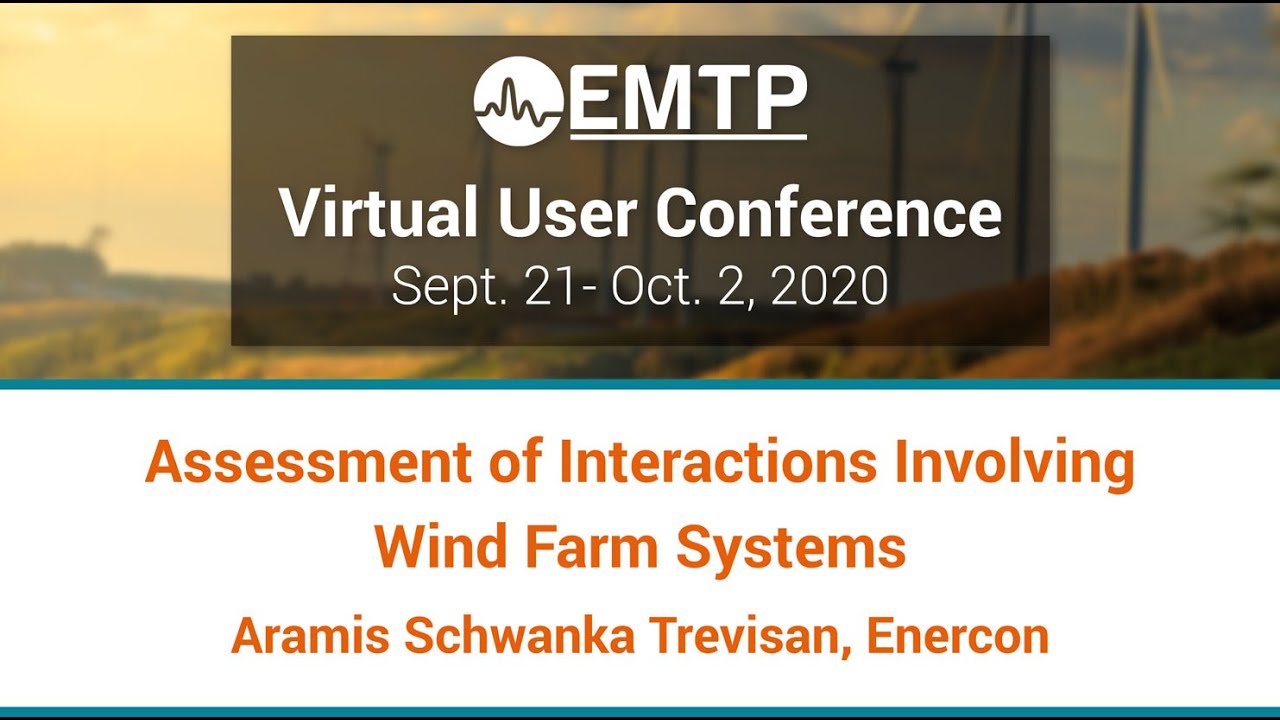

![[R&D]_EMTP : Recherche et développement [R&D]_EMTP : Recherche et développement](https://www.emtp.com/system/files/imagecache/presentation/slide1_1.jpg)

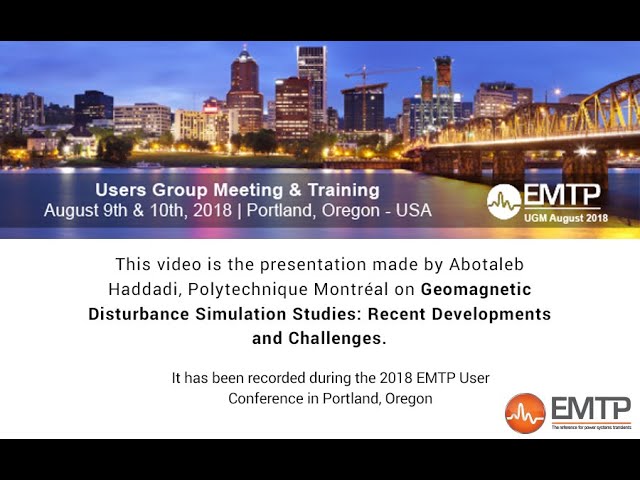
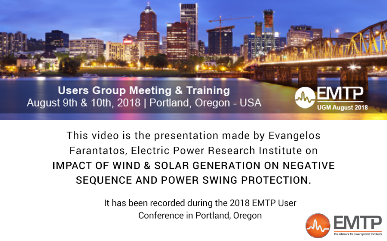
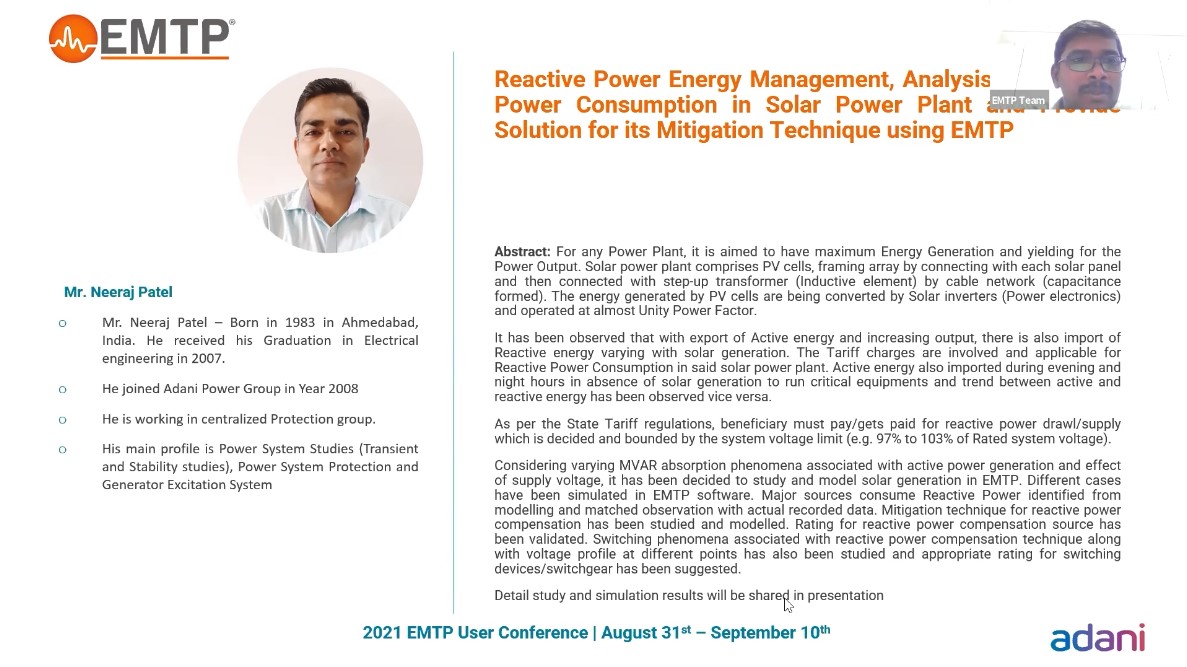
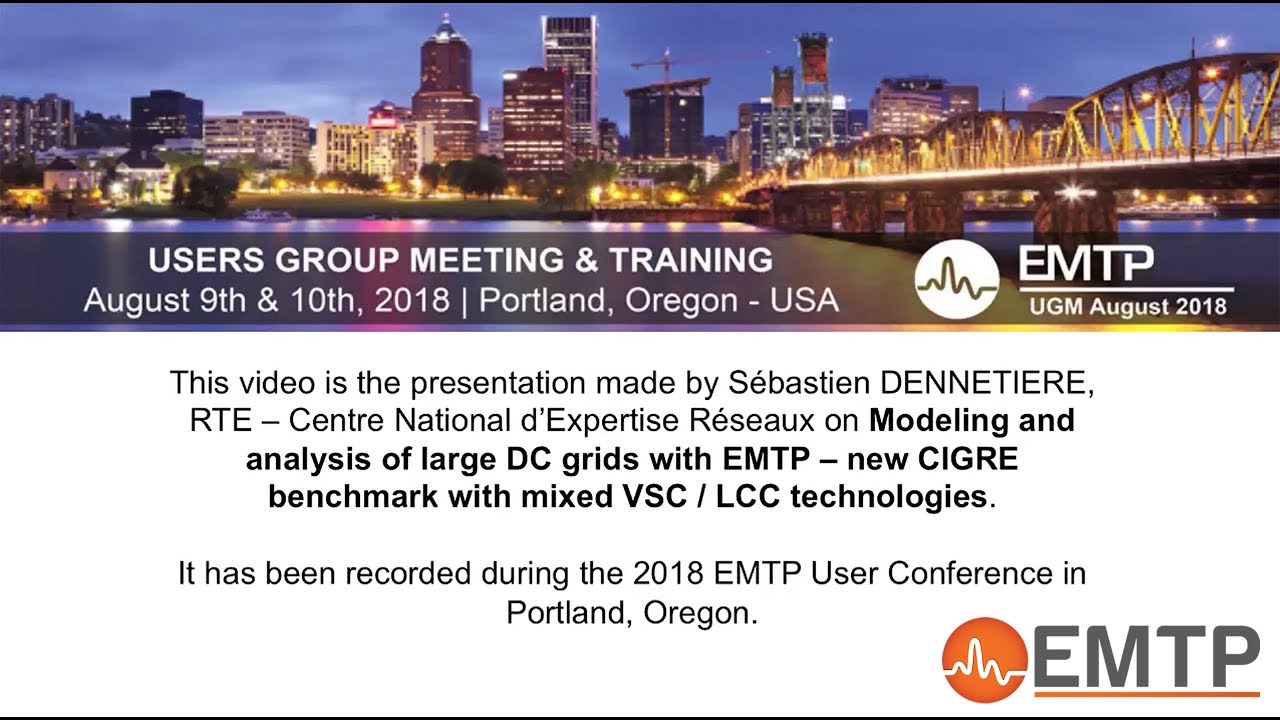
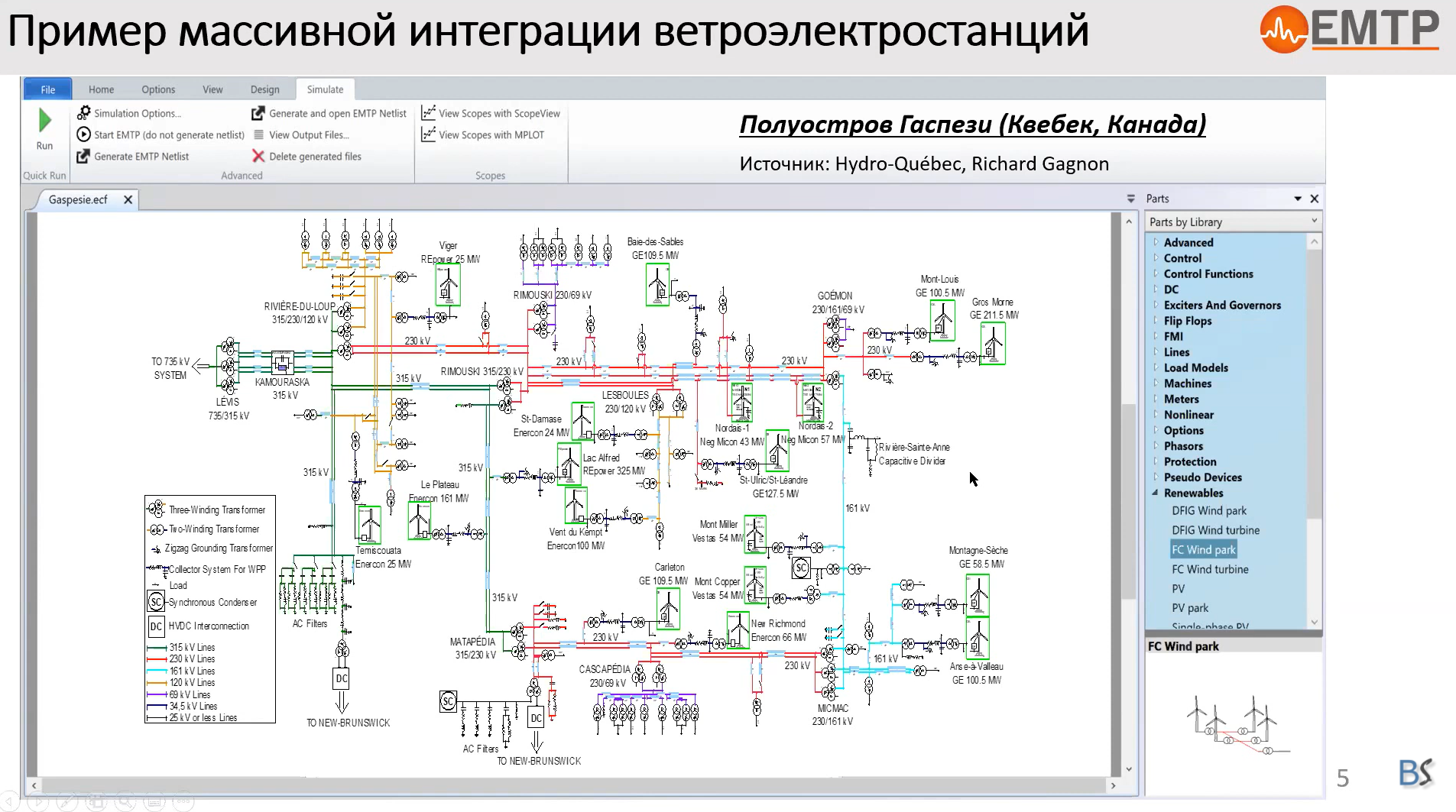
![[Protection_Devices]_Étude des courants coupés par les sectionneurs de changemen [Protection_Devices]_Étude des courants coupés par les sectionneurs de changemen](https://www.emtp.com/system/files/imagecache/presentation/TechnicalPresentation1.jpg)
